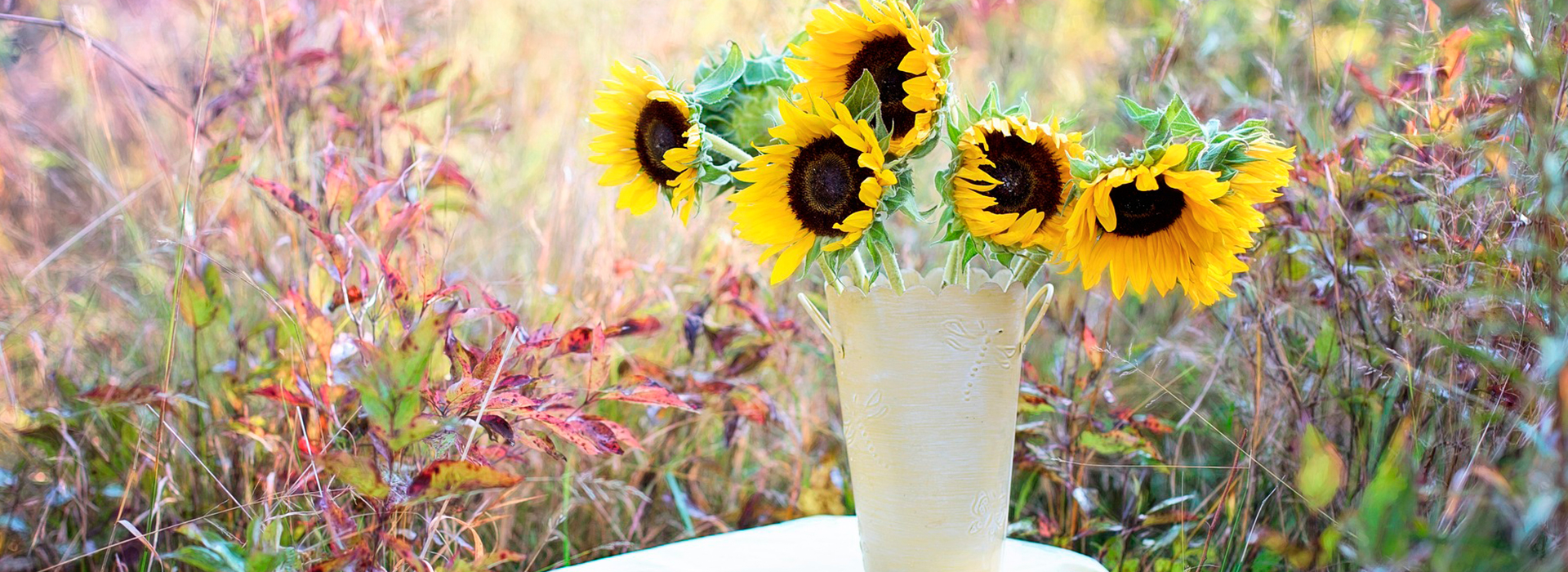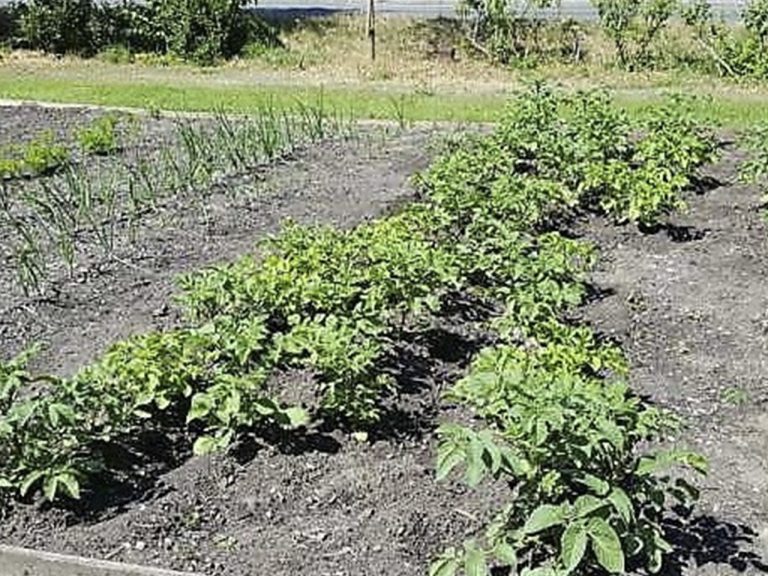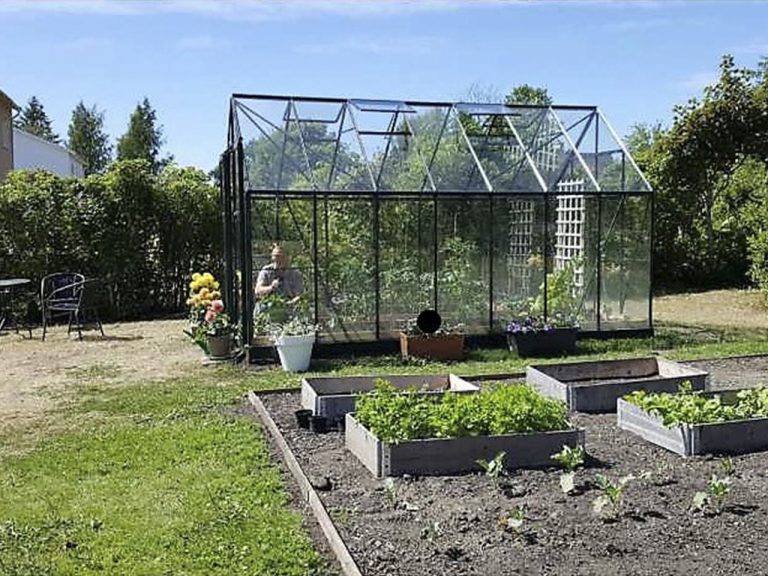Building of raised beds. Share garden knowledge, planting and harvesting together. Learning about plant cultivation in a new climate.
“When working in the garden, it is good if there is a division, in terms of pre-cultivation, sowing, and workshops so the participants can learn the different parts of the subject gradually.”
Description of the activity
Together in the garden everyone can share their knowledge and everyone has some knowledge to contribute. The activity of planting and then harvesting what has grown is very important for many people. The participants have many ideas about what to plant and what the crops should be used for. This activity is good for everyone who participates and they feel a sense of achievement in what they have grown.

 English
English  Deutsch
Deutsch  Español
Español  Svenska
Svenska 






